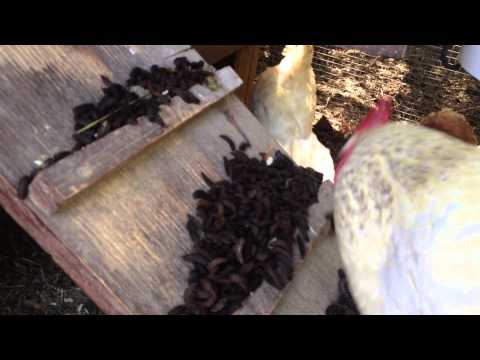- Jun 28, 2011
- 39,162
- 27,210
- 1,302
Predators hunting our chickens is a constant worry for many chicken owners. Be it stray dogs, raccoons, hawks, coyotes, hawks, minks… The list of potential threats to our flocks' wellbeing is quite long. This week I would like to hear your tips and advice when it comes to keeping the flock safe from predators. Specifically:
- What are your most common predator(s) and how do you deter them?
- What do you do to secure your chicken coop and run?
- Do you keep LGD's (Livestock guardian dogs) to protect your flock? If "yes", please tell us about them.
- What are your suggestions for dealing with/disposing of predators? (Note: Please keep suggestions family-friendly and LEGAL - No "Shoot, shovel, shut up" or similar suggestions please)
For a complete list of our Topic of the Week threads, see here: https://www.backyardchickens.com/a/topic-of-the-week-thread-archive
Last edited by a moderator:







